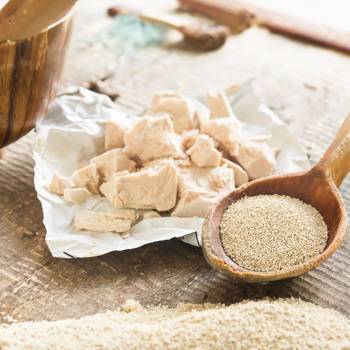Keywords
Percutaneous gastrostomy tube, Saccharomyces cerevisiae, peritonitis, HIV
Abstract
Peritonitis, the inflammation of the protective membrane surrounding parts of the abdominal organs, is a common clinical pathology with multifactorial aetiologies. While bacterial infections are well-recognised as a cause of peritonitis, fungal infections remain relatively uncommon especially Saccharomyces cerevisiae, which is commonly used for breadmaking and as a nutritional supplement. This fungus has been reported to induce peritonitis in patients on peritoneal dialysis. However, it has never been reported as secondary to percutaneous endoscopic gastrostomy (PEG) tube insertion in immunocompromised patients. We present a 64-year-old female with a history of human immunodeficiency virus (HIV) who developed S. cerevisiae peritonitis following PEG tube insertion. The case highlights the importance of considering rare organisms when treating immunocompromised patients with peritonitis, especially after gastrointestinal tract penetration or peritoneal membrane disruption.
References

Views: 138
HTML downloads: 17
PDF downloads: 71
Published:
2024-03-01
Issue:
2024: Vol 11 No 4
(view)










